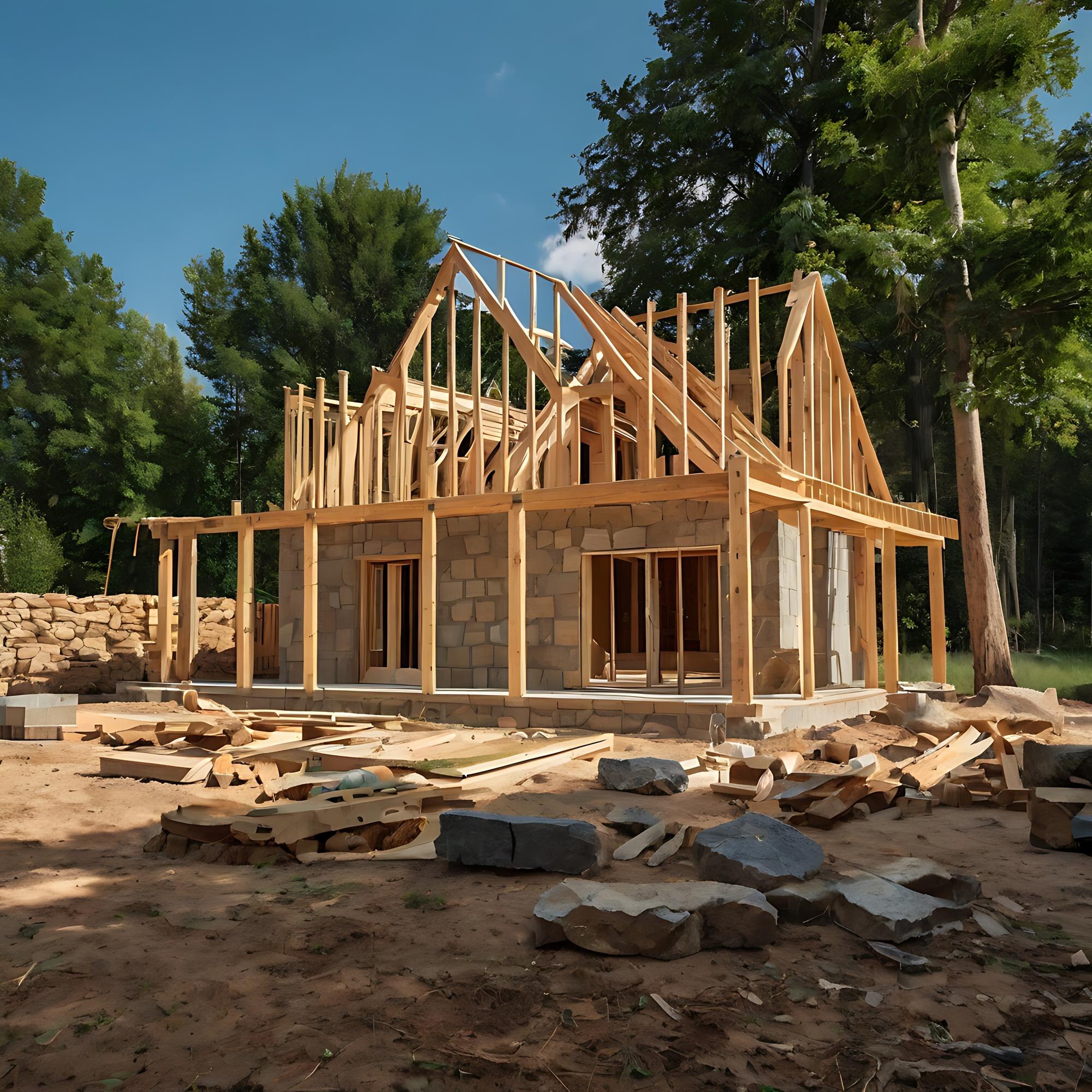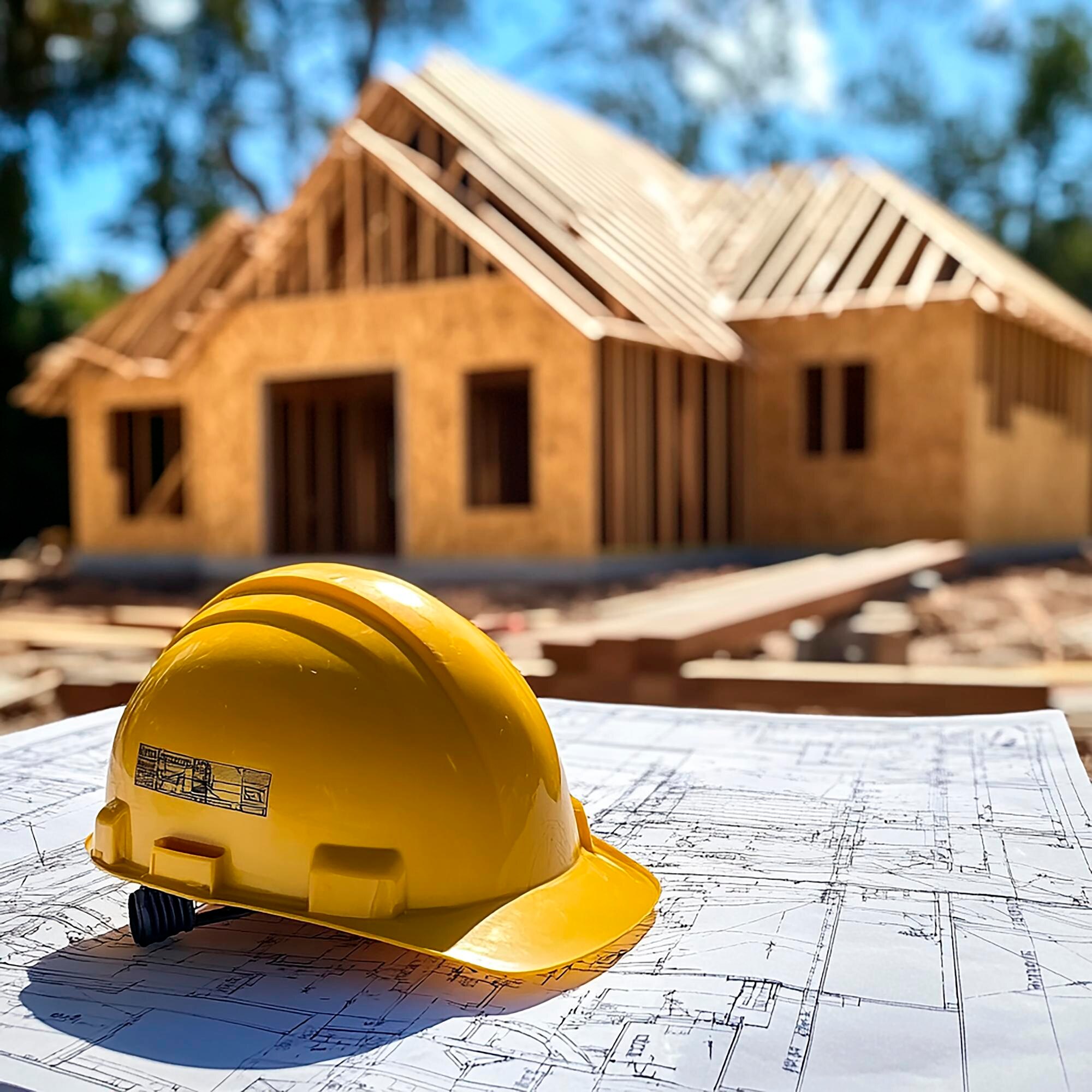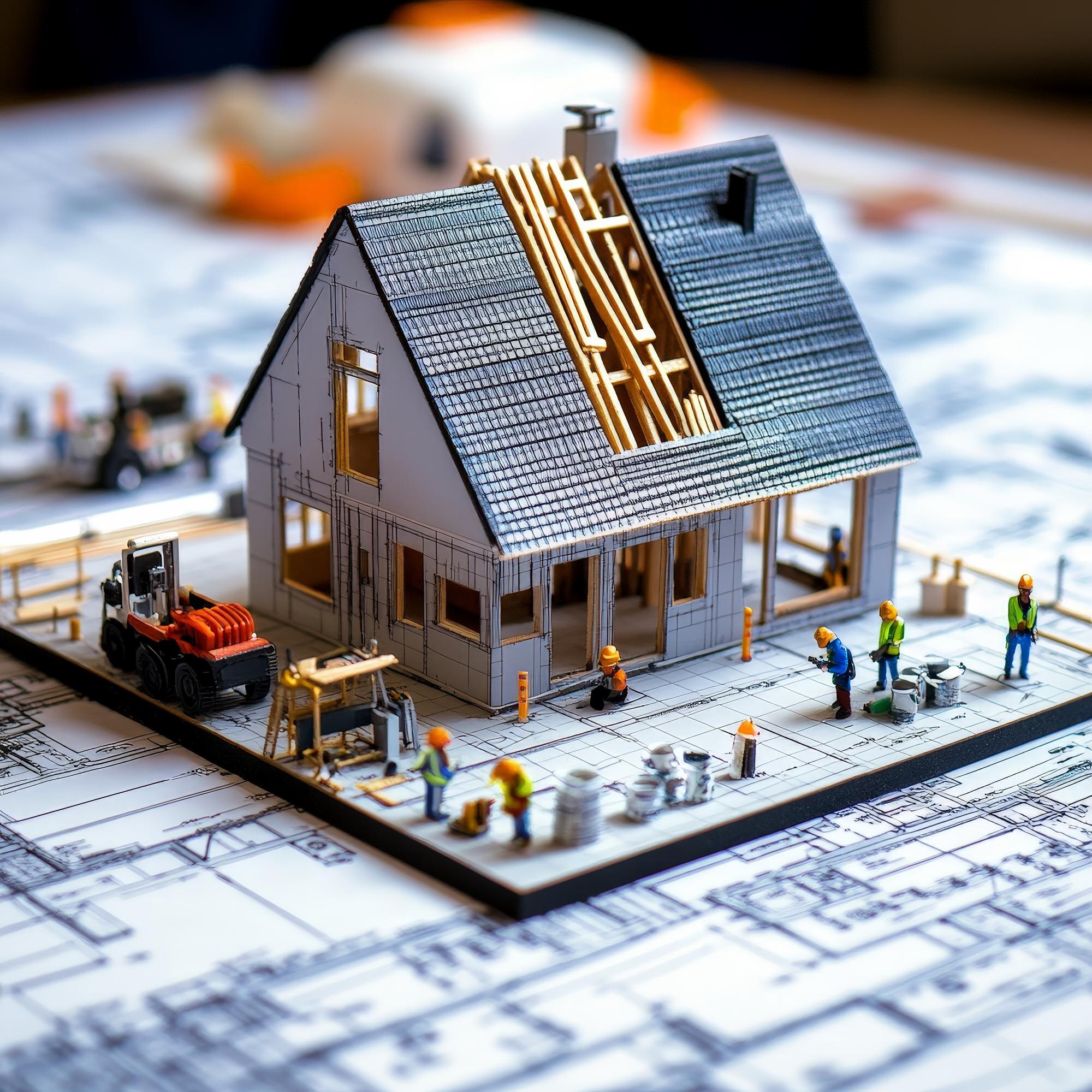Understanding the main approaches to building a home helps you choose the most suitable and efficient path to creating a living space that truly reflects your needs and lifestyle.
Approaches to Building Your Dream Home
- Turnkey Construction: This approach encompasses the entire building process, from initial design and planning to final construction and interior finishing, all managed by a single contractor. It delivers a ready-to-move-in home, offering homeowners unparalleled convenience and a highly predictable project journey.
- Traditional General Contracting: Here, the homeowner typically hires an architect for design and then a general contractor to oversee the construction. This method allows for greater personalization in design and material selection but requires more active client involvement in coordination and decision-making throughout.
- Self-Managed Construction: In this scenario, the homeowner assumes the role of project manager, directly coordinating all subcontractors, purchasing materials, and managing permits. It offers maximum control and potential cost optimization but demands significant time, expertise, and a high tolerance for risk.
Key Evaluation Criteria
- Project Management & Oversight: How much direct involvement and coordination is expected from the homeowner? This criterion assesses the ease of managing the entire building process.
- Cost Predictability & Control: The degree to which the overall budget is established upfront and its susceptibility to unexpected changes, ensuring financial transparency.
- Timeline Efficiency & Adherence: Focuses on the likelihood of completing the project within the agreed schedule and the overall speed of the construction lifecycle.
- Quality Assurance & Accountability: Who holds primary responsibility for maintaining high construction standards and addressing any potential issues or defects post-completion?
Detailed Comparison of Construction Approaches
Turnkey construction significantly minimizes the homeowner's direct management burden. A single entity, like ProtoConstructionszuv, takes full responsibility for every phase, from architectural drawings to landscaping. This streamlined approach means clients receive regular updates without needing to mediate between various specialists or oversee daily site operations, ensuring a stress-free experience.
With traditional general contracting, homeowners engage more actively. They select an architect, approve designs, and then work closely with a general contractor who manages subcontractors. While the contractor handles much of the daily oversight, the client remains crucial for approvals, material choices, and resolving design queries, requiring considerable personal time.
Self-managed construction places the entire project management squarely on the homeowner. This includes permit acquisition, subcontractor vetting, material procurement, and scheduling. It demands extensive knowledge of construction processes, legal requirements, and significant time commitment, making it the most demanding option in terms of personal involvement.
Turnkey projects often feature fixed-price contracts, offering excellent cost predictability and clear timelines from the outset. This minimizes financial surprises. Traditional general contracting provides moderate predictability; initial estimates can vary, and change orders may impact the final cost and schedule, requiring careful management of variations.
Self-managed construction carries the highest risk for both budget and schedule overruns. While there's potential for savings by cutting out contractor fees, homeowners are directly exposed to material price fluctuations, labor shortages, and unexpected delays. Effective budgeting and strict timeline adherence become entirely the homeowner's responsibility.
In a turnkey model, the builder assumes full accountability for the entire project's quality, simplifying issue resolution. Traditional general contracting divides responsibility, with the architect overseeing design compliance and the contractor managing construction quality. Self-managed construction places all quality control and defect resolution directly on the homeowner, demanding expert oversight.
Choosing the Right Path for Your Home
For individuals seeking a hassle-free and predictable home-building experience, turnkey construction is the optimal choice. It’s ideal for busy professionals or those new to construction, offering a single point of contact and a clear path to a ready-to-occupy home without the daily stress of project oversight.
If you desire significant input into design and material choices while still benefiting from professional construction management, traditional general contracting provides a suitable middle ground. Be prepared for regular meetings and decisions, as your active participation is key to shaping the final outcome.
Self-managed construction is best reserved for those with substantial industry experience, ample free time, and a strong desire for absolute control over every aspect of the build. It can be rewarding but requires meticulous planning, robust problem-solving skills, and a high tolerance for risk.
Ultimately, the ideal approach depends on your personal priorities regarding control, convenience, and risk tolerance. ProtoConstructionszuv is committed to guiding clients through these choices, ensuring a construction journey that aligns perfectly with their vision and practical needs, delivering homes of lasting quality.









This article provides a very clear overview of the different construction approaches. The breakdown of criteria is particularly helpful for understanding the nuances of each method.
I appreciate the detailed comparison, especially how it highlights the trade-offs between control and convenience. ProtoConstructionszuv's focus on turnkey solutions sounds very appealing for my upcoming project.
While the article explains turnkey well, I'd be interested in learning more about how unforeseen issues are handled in a fixed-price contract, particularly with material cost fluctuations.